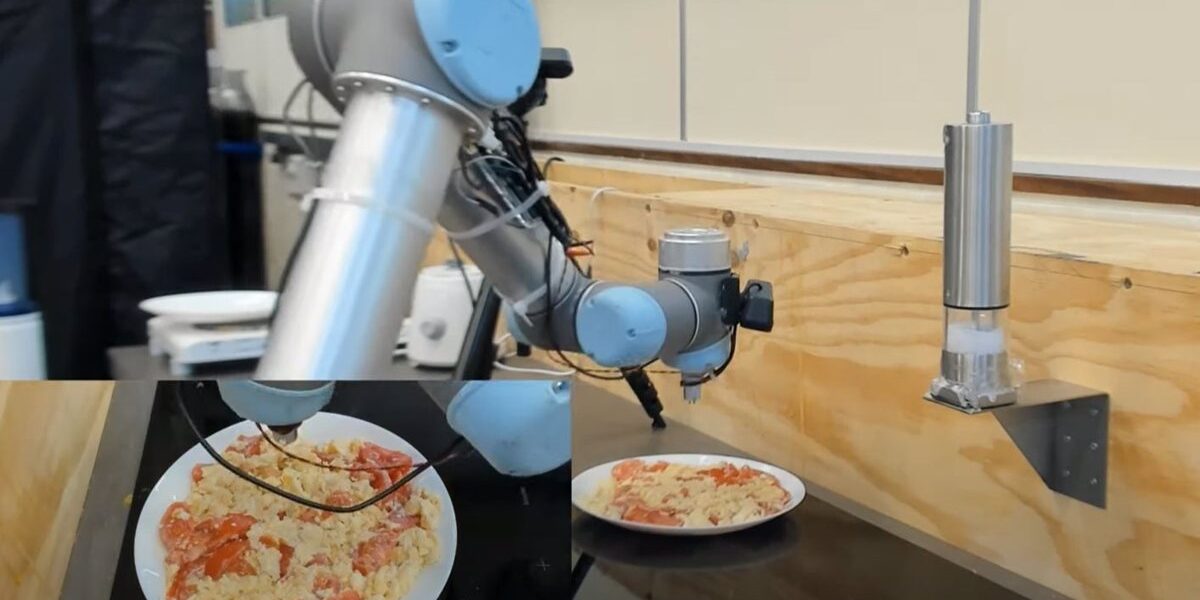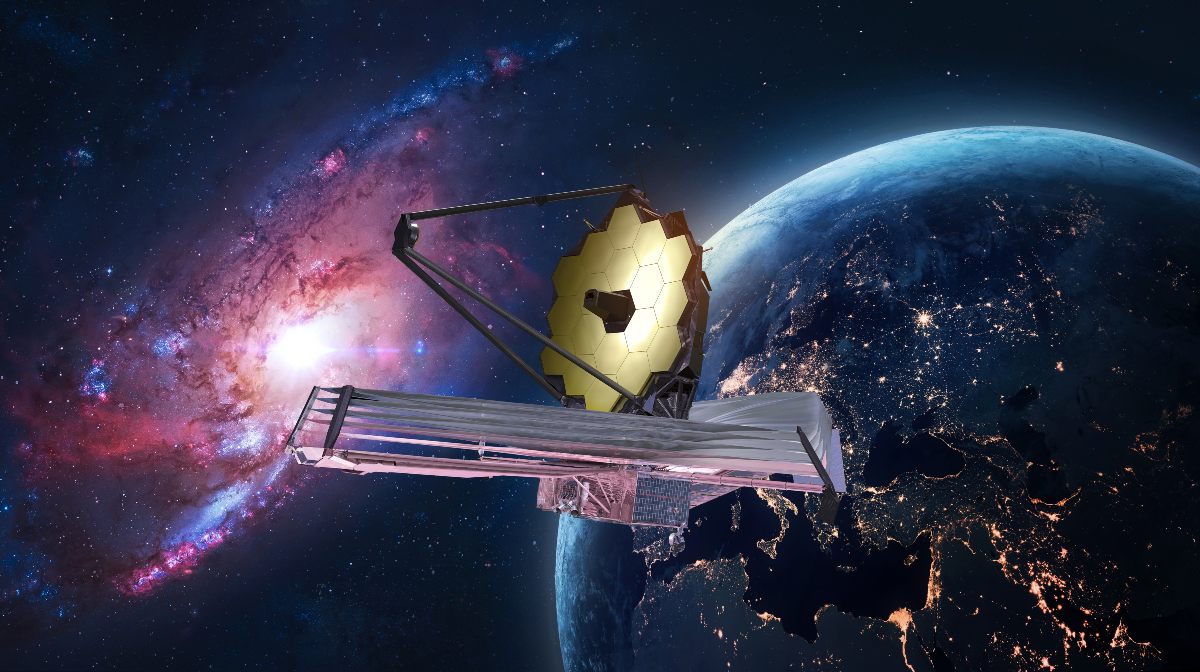Cambridge scientists have created an R2-D-Chew. A robot chef that seeks to mimic the human feeding process. In this way, the aim is to obtain tastier food, according to human taste. This is why the “right” balance of flavor is part of the functionalities of this chef dedicated to the culinary art.
R2-D-Chew is intended to achieve the correct salinity of the dish, and the perfect blend of ingredients. The aim is to imitate the human process and to choose the combination that is in accordance with the different stages of chewing. The replication of this process, the researchers said, is aimed at a final product that is more palatable.
Robot chef with gastronomic sensibility
For researcher Grzegorz Sochacki of Cambridge’s engineering department, it is vital that robots can “taste” what they are cooking. It is essential, for the group of researchers, that the tasting has a human perception. The robot must have knowledge of the activity of saliva in chewing and, in the same way, of the work of digestive enzymes to define whether the product is palatable or not.
The robot chef must taste the food during the different stages of the process, until he recognizes that it is perfectly seasoned. The first test was in the making of tortillas. There he tested the combination of scrambled eggs, tomatoes and salt throughout the process.
The robotic arms resembled those in an automobile factory, Sochacki said. In addition, work is underway to develop smaller, more affordable robots for use in both kitchens and restaurant chains.





